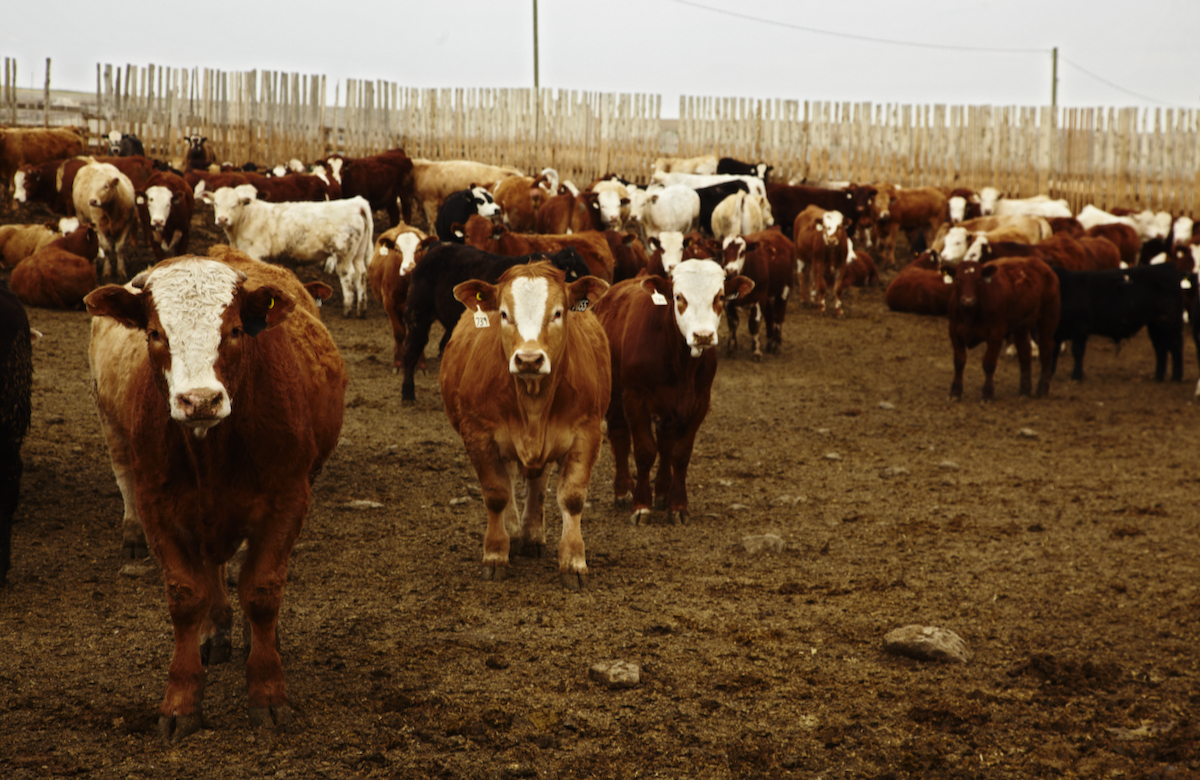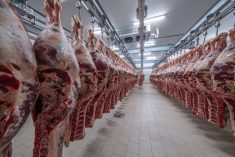North Dakota State University’s extension service is warning that blister beetles, which are known to help limit grasshopper infestations but are also toxic to horses, could be a problem in that state this year.
Dr. Carrie Hammer, an assistant professor and director of NDSU’s equine sciences program in Fargo, says there have been several reports of alfalfa fields infested with blister beetles this year in western North Dakota this year.
"Horse owners need to be cautious because horses that consume alfalfa hay contaminated with these beetles have a high risk for serious illness and death," she says in an NDSU release.
Read Also

U.S. livestock: Cattle at fresh highs, hogs weaken
Cattle futures on the Chicago Mercantile Exchange climbed to fresh highs on Tuesday, as tight supplies and the ongoing closure…
Several species of blister beetles can be found in the U.S. The insects are so named because they all produce cantharidin, a toxin that causes inflammation and blistering of internal body tissues.
Although all species produce the toxin, the cantharidin content varies among species. The striped blister beetle is known for consistently having higher toxin concentrations.
Due to the variation in toxin concentration among beetles, Hammer says, it’s difficult to say how many beetles are toxic, but most studies report ingestion of 25 to 300 beetles is enough to kill an average-size adult horse.
Clinical signs of blister beetle poisoning usually occur six to eight hours after ingestion. Affected horses often show signs of colic and depression, although urinary, cardiovascular and nervous system problems also can occur. Horses consuming a toxic dose can die quickly (within three to 18 hours).
Blister beetles tend to congregate in certain areas of a field. Thus, hay bales from those areas often contain high beetle numbers, whereas bales from other areas of the field may be beetle-free, the release says.
Hammer encourages horse owners to check alfalfa bales carefully prior to feeding the alfalfa to their horses and discard any contaminated bales.
According to Alberta’s provincial agriculture department, adult blister beetles are foliage feeders and have caused "occasional harm to a variety of crops" in that province, such as potatoes, sugarbeets, cabbage, canola, fababeans and turnips.
That said, the larvae of many blister beetle species are known to eat grasshopper eggs.
For that reason, the beetles are abundant during and following years when grasshoppers are abundant and are considered a natural enemy to grasshoppers.
Adults swarm and their feeding may be concentrated in small areas, sometimes along field margins or near grasshopper egg beds, the province said. "Usually the swarms move daily, and control is not normally recommended."
















